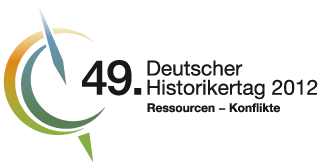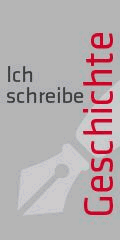Nature, Nurture, or Socio-Natural site? Conceptualizing cities and their resources in environmental history
Referent/in: Martin Schmid (Klagenfurt) / Verena Winiwarter (Klagenfurt)Abstract:
Environmental historians have long abandoned the idea that nature can only be found outside the boundaries of cities. The flow of resources - materials manipulated by humans to turn into something useful - from hinterlands into and through cities is one instance of nature in the city. Secondly, natural forces perform work in but also against urban infrastructures, mill power and the wear and tear of human artefacts interweave nature and urban spaces. It is impossible to separate nature from society. Cities and their resources are socio-natural sites. A city is seen as the nexus of human practices and biophysical arrangements, both are understood as socio-natural hybrids formed by the interaction of human practices with the arrangements in which they are embedded. Winiwarter and Schmid analyse Vienna and the Danube as a socio-natural site following its long-term transformation between the 15th and the 20th century.
The river was an important pool of resources for the city with practices like fisheries, but the river was much more than that. The Danube allowed the city to draw materials from distant places and to increase the usability of materials e.g. via shipmilling. The river was not only a source; it could also become a sink of resources. To secure the river’s functions for the city, arrangements such as hydraulic structures had to be built, maintained and rebuilt in the river, activities which depleted and consumed resources, but also created long-lasting legacies which urban authorities had to deal with.
To analyse that multifaceted and janiform process of urban resource perception, use and depletion the authors focus on two key issues: legacies from earlier arrangements that influence later practices, and energy/exergy that was needed to secure the reproduction and to minimize the vulnerability of an urban socio-natural site. In that common history of a major European city and its river, environmental history moves beyond pollution and degradation towards integrated narratives.


